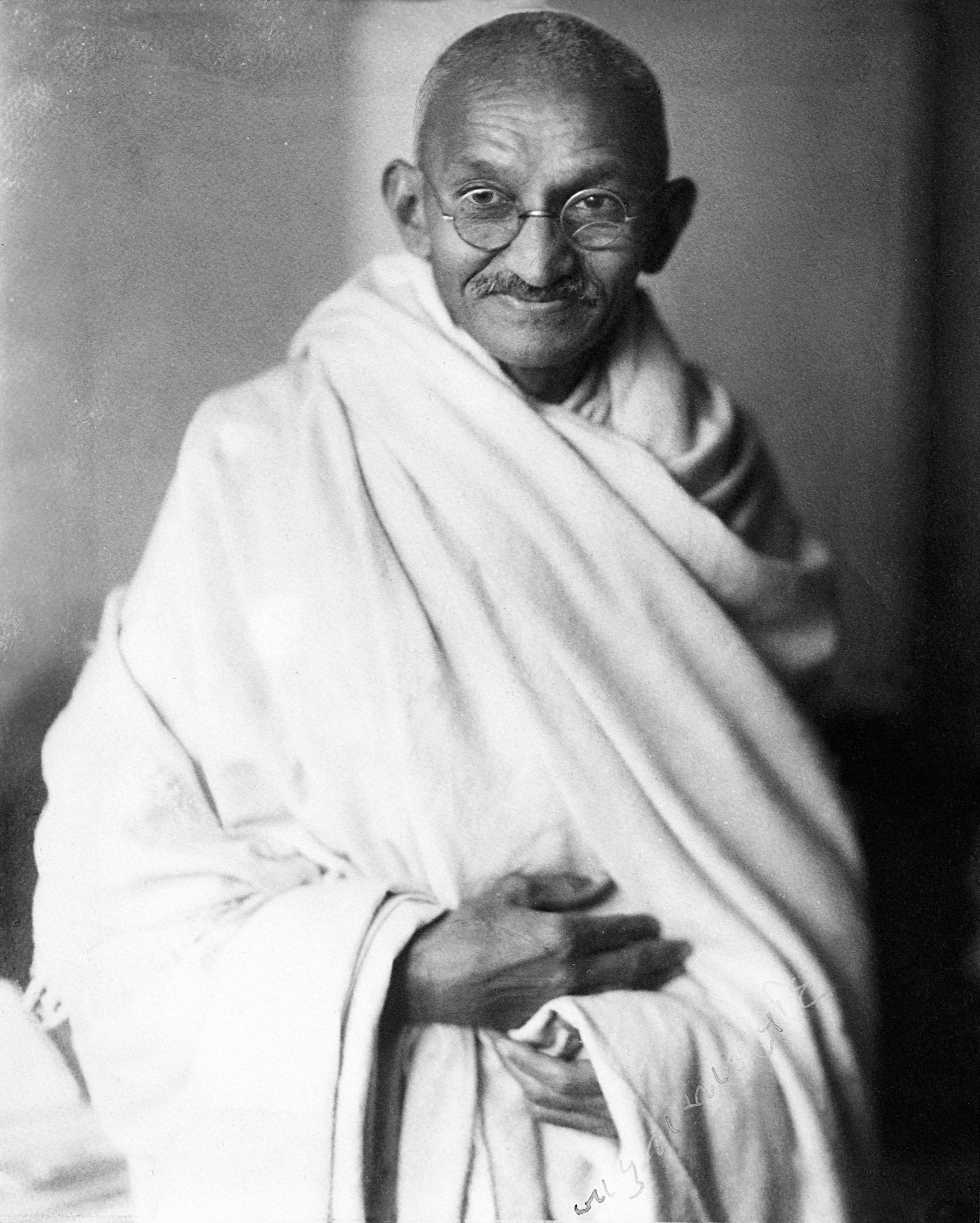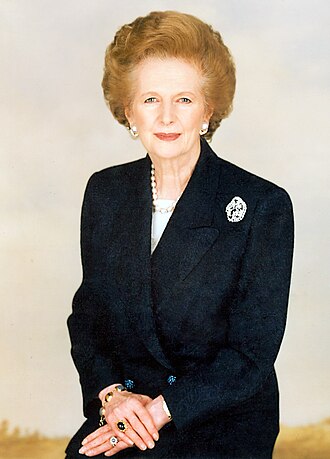
Symbol: TO
Opposite Type: Merlon (OT)
Cross Type: Silva (XI) / Tyts (IX)
Character Description: Principled
Core Center: Truth
Thinking Style: Codical
Character Dynamics: The object is processed, and thought is processed.
Preliminary Definition of Character
Yaloks categorize information as right or wrong without seeing shades of gray, relying on rigid principles. They prioritize their own principles and expect others to adhere to them. Yaloks evaluate others based on initial behaviors and code them accordingly. They strive for equality and justice, establishing strict rules and standards to maintain order. Love, for Yaloks, is intertwined with respect and loyalty, and they expect mutual adherence to responsibilities and principles.
Notable Yaloks
Mahatma Gandhi: Known for his steadfast principles and commitment to nonviolence, Gandhi exemplifies the Yalok’s dedication to justice and equality.
Emma Watson: Through her activism and advocacy for gender equality, Watson reflects the Yalok’s focus on principles and fairness.
Margaret Thatcher: As a strong and decisive leader, Thatcher demonstrated the Yalok’s emphasis on strict principles and unwavering beliefs.



Overview
Yalok characters are defined by their rigid principles and black-and-white worldview. Prioritizing their own principles, they expect others to adhere to them as well. Quick to judge others based on initial impressions, they categorize people accordingly. Emphasizing equality, justice, and balance, they create strict rules and standards to maintain order. Their lack of flexibility makes it difficult for them to accept differences and diversity, often leading to exclusionary behaviors. Upholding responsibility and principles rigorously, they view love as a concept intertwined with respect and loyalty. Making mistakes is a significant issue for them, and they often struggle to come to terms with their own imperfections.
The Psychological Features of Yalok
- Neuroscience: Yaloks exhibit neural patterns associated with rule-based thinking and moral reasoning, involving the prefrontal cortex and temporoparietal junction. Their black-and-white worldview is supported by these cognitive processes.
- Psychodynamic Psychology: Yaloks’ rigid adherence to principles may serve as a defense against unconscious fears of chaos and uncertainty. Their moral strictness can be rooted in early childhood experiences and internalized authority figures.
- Existential Psychology: Yaloks grapple with existential themes of justice and morality. They seek to create a meaningful life by upholding strict principles and ensuring fairness and equality in their interactions.
- Freud: Yaloks may exhibit a rigid superego, enforcing strict moral codes and principles. Their black-and-white thinking could be a defense mechanism to manage inner conflicts and uncertainties.
- Jung: Yaloks represent the archetype of the Judge or the Lawgiver. Their adherence to principles and moral judgments reflects the process of individuation, seeking to establish a clear sense of right and wrong.
Animal & Item
- Animal: Lion
- Explanation: The lion represents strength, leadership, and justice. Lions are known as the kings of the jungle, symbolizing Yaloks’ principled nature, leadership qualities, and their pursuit of justice and fairness.
- Symbol Item: Scale
- Explanation: The scale symbolizes balance, justice, and impartiality. Just as a scale is used to weigh and measure fairly, Yaloks establish and enforce strict rules to maintain order and equality, ensuring justice is served.
Character Dynamics
In Yaloks, the object acts as the processor, shaping thoughts according to its rigid rules. They enforce these rules strictly, similar to a government official. Yaloks classify people based on adherence to rules rather than personal characteristics. As Yaloks become more universal and well-educated, the quality of their principles improves, transforming from rigid rule-bound individuals to constructive, critical thinkers. Conversely, a poorly managed process can lead to narrow-minded and local perspectives.
Shifting to the Opposite Type
When the object processor loses its function, thought dominates, causing uncertainty and the “Age of Madness” for Yaloks. Abstract and scattered thoughts produce distorted ideas, leading to a loss of reality and erratic behavior.
Transitioning to a Cross Type
- Strong Core: Yaloks with strong cores become fair and principled leaders, respected for their decisions. They transform into “Just Yalok,” who communicate universal truths and generate healthy critical thinking.
- Weak Core: Yaloks with dysfunctional cores and inflated egos become despotic and stubborn. They insist on their rigid ideas, using punitive measures and waging war against opposition, becoming “Despised Leaders.”